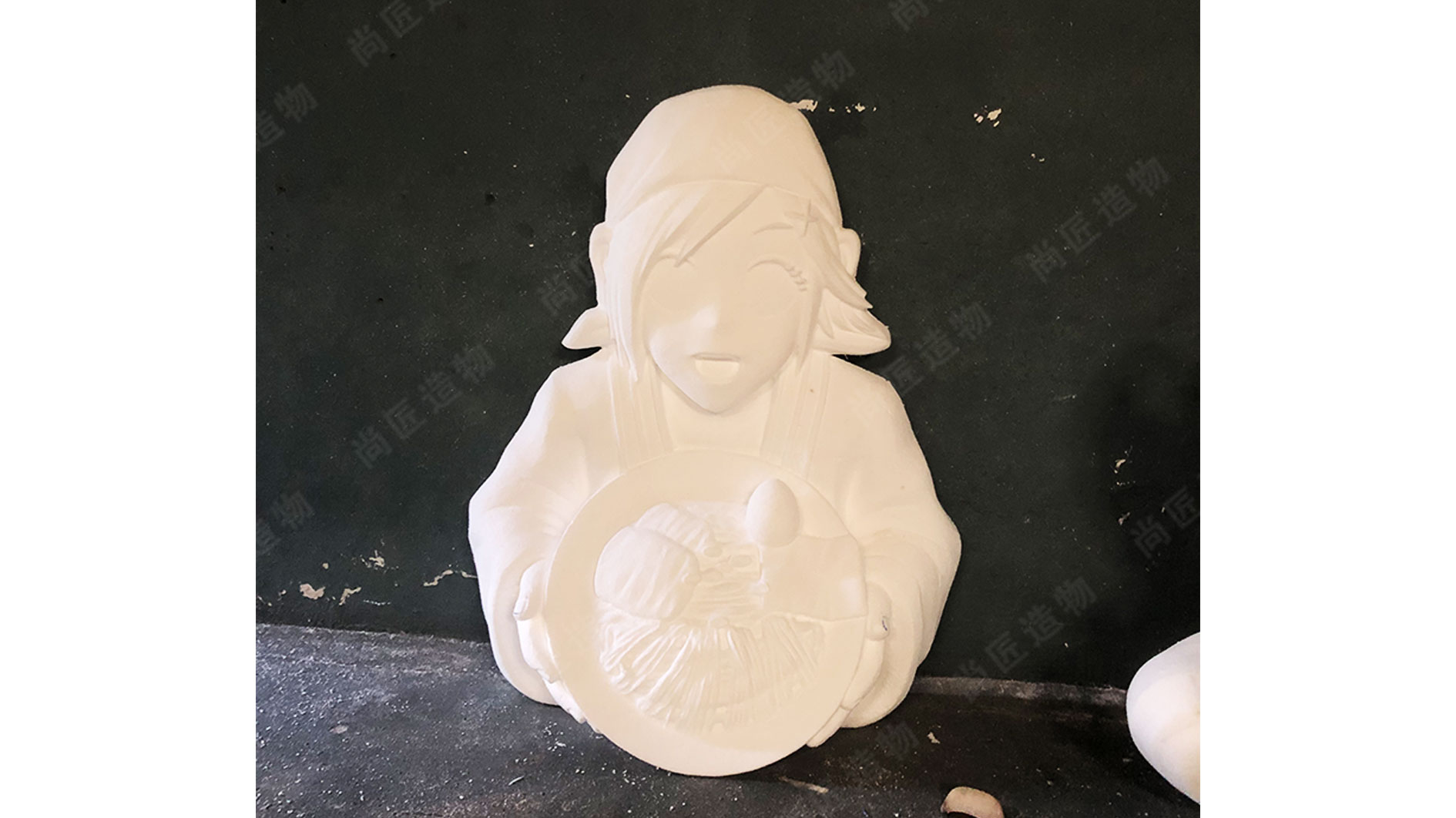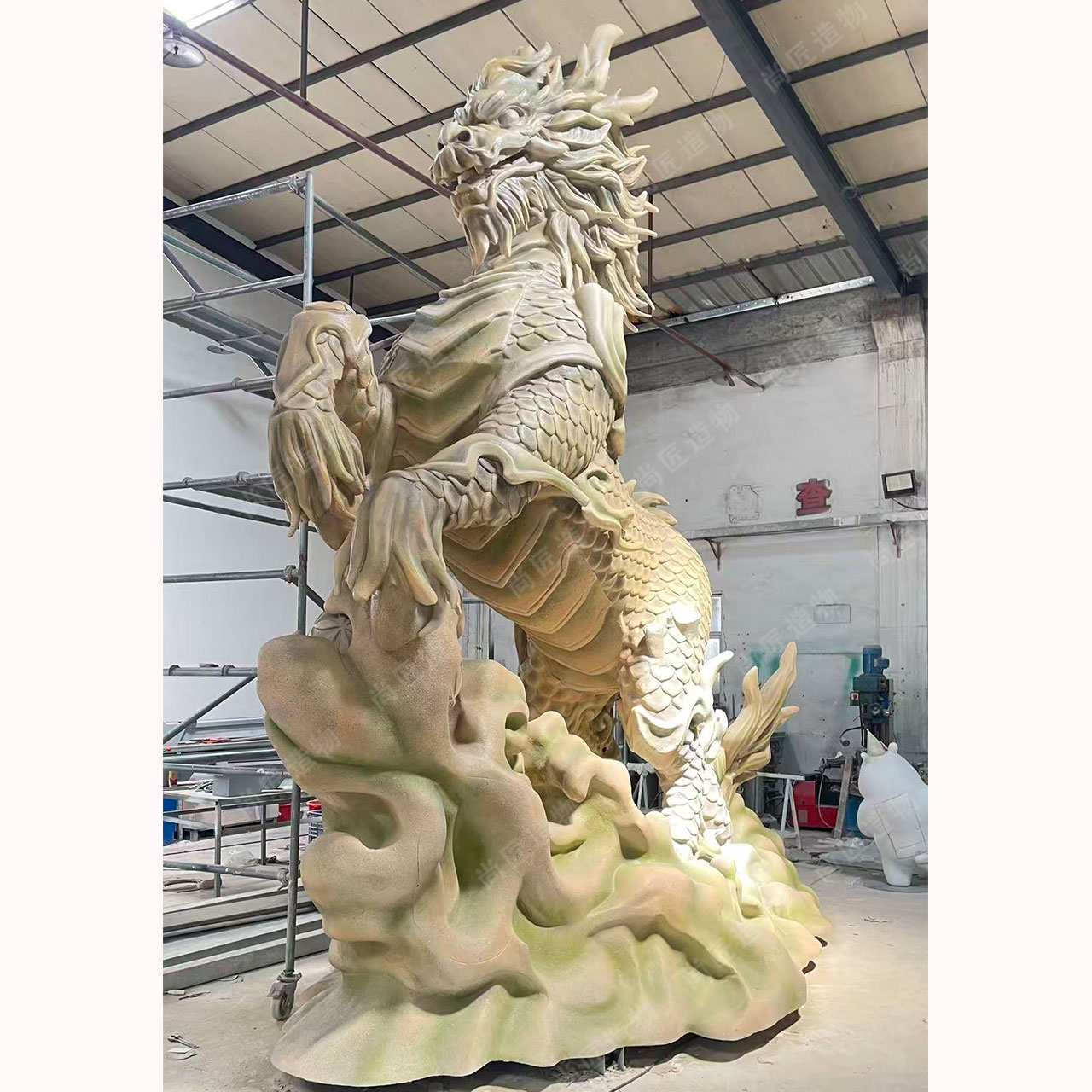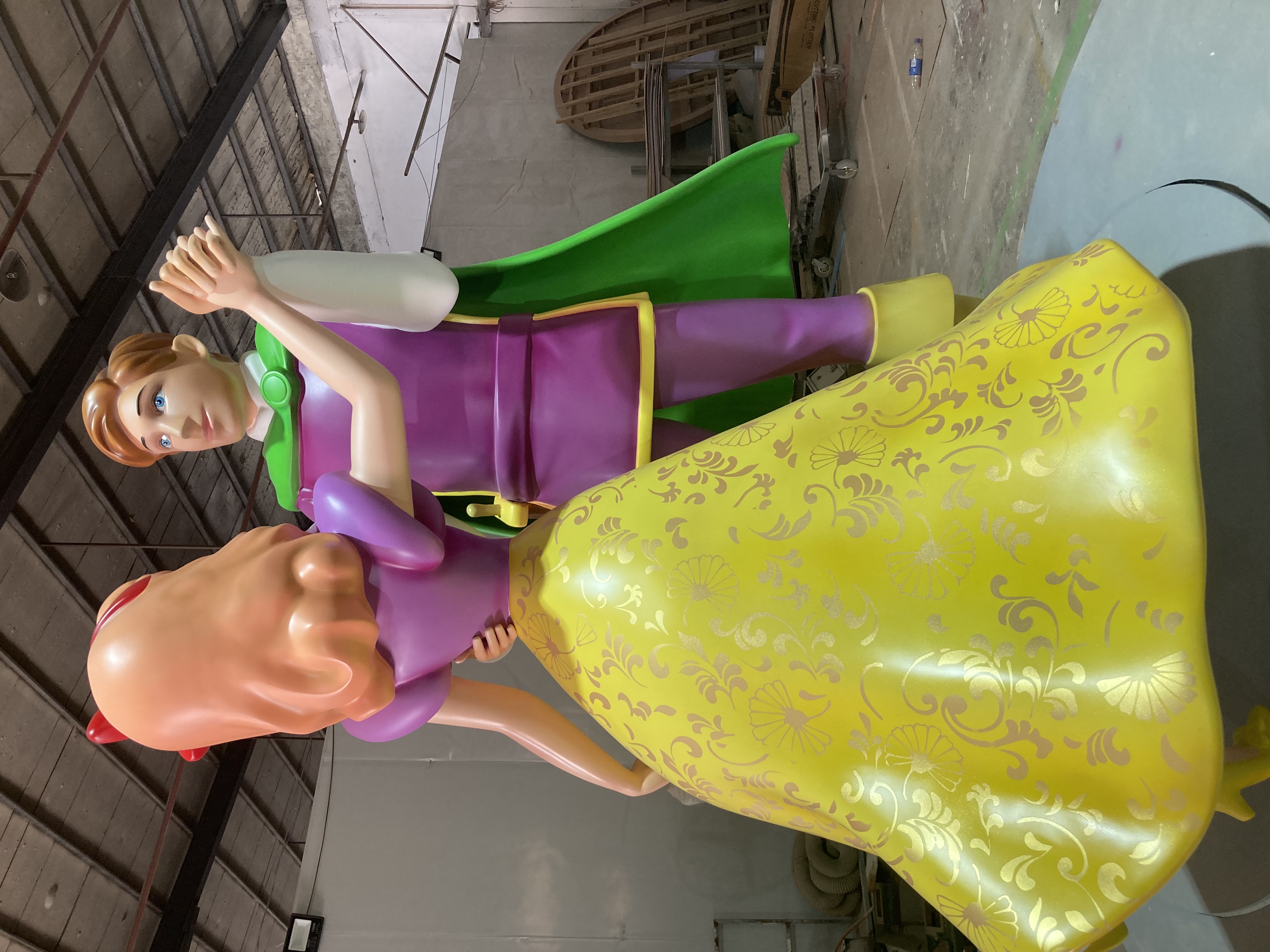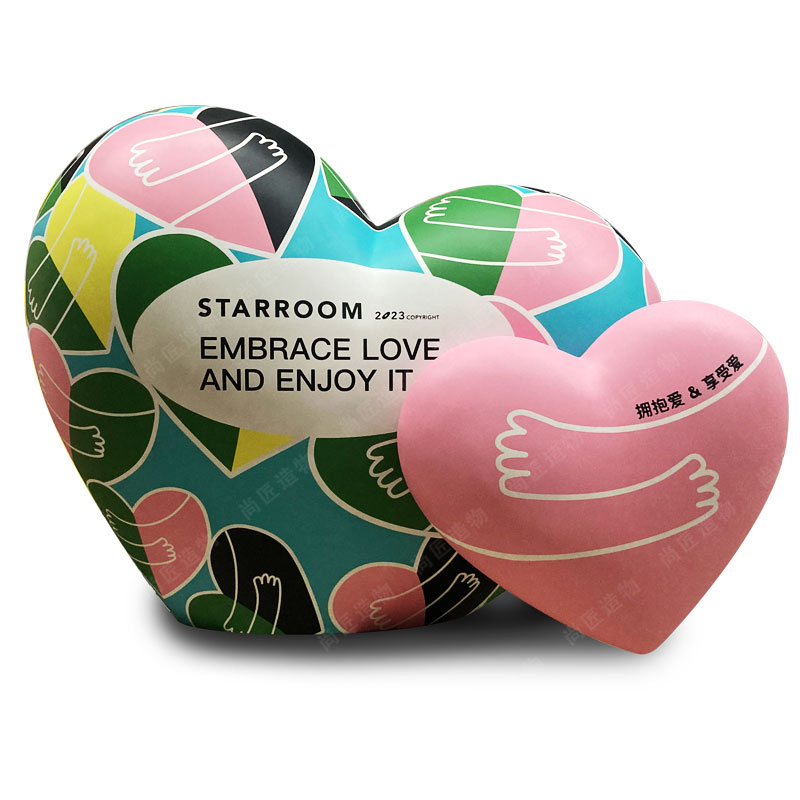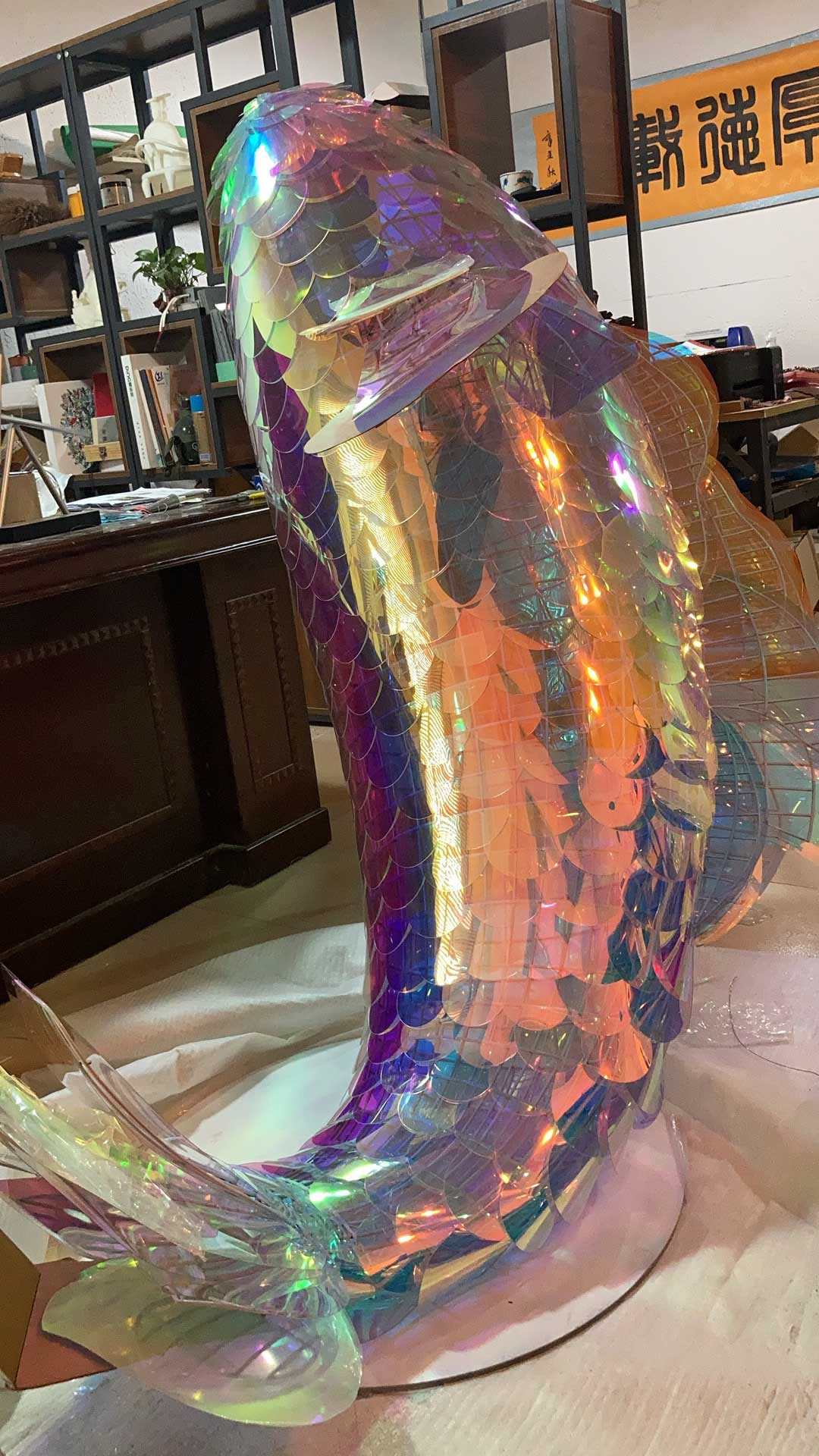First, fiberglass sculptures are significantly lighter than steel, making them much easier to handle and install outdoors. A typical 6-foot fiberglass piece weighs far less than a similar steel version. This reduces transport costs and often eliminates the need for heavy equipment.
Second, both materials withstand weather well, but fiberglass won't rust or corrode. It also resists UV damage better than many metals. Steel remains strong but may need more maintenance in harsh conditions.
Third, fiberglass offers greater design freedom. Artists can create intricate details, realistic textures, and complex shapes that are difficult with steel fabrication. This material also accepts any custom color finish, while steel typically shows metallic tones.
Finally, the lighter weight of fiberglass simplifies installation in challenging locations like rooftops or uneven ground. These properties make it a versatile choice for lasting outdoor art.
Weight Advantages: Fiberglass vs Steel for Outdoor Installations
The most immediate difference when handling fiberglass versus steel sculptures is their weight. Fiberglass offers a significant advantage here. It's inherently much lighter than solid steel, making it far easier to transport, position, and secure, especially for large-scale outdoor installations. A typical 6-foot-tall fiberglass sculpture might weigh a fraction of what its solid steel counterpart would. This drastically simplifies logistics and reduces the need for heavy lifting equipment or extensive structural reinforcement at the site. Installers can often maneuver substantial fiberglass pieces by hand or with minimal machinery.
This weight difference directly impacts installation speed and cost. Lighter fiberglass pieces can be placed more quickly and safely, reducing labor time and complexity. It also allows for greater flexibility in choosing installation locations, including areas where the ground might not support the immense weight of a large steel sculpture or where overhead access is limited. For specialized placements like rooftop gardens or intricate public spaces, the lighter weight of fiberglass is a major benefit. Companies like Icon Poly, known for their IP character sculpture, leverage this property for efficient project execution.
Here's a basic comparison of typical weights:
| Material | Approx. Weight (Small Sculpture) | Approx. Weight (Large Sculpture) |
|---|---|---|
| Fiberglass | 15-50 lbs | 100-300 lbs |
| Solid Steel | 50-200 lbs | 500-2000+ lbs |
While steel is undeniably strong, its weight introduces significant handling challenges that fiberglass largely avoids. This lighter heft translates directly into easier, faster, and often less expensive installations outdoors. Next, we'll examine how both materials hold up against the elements.
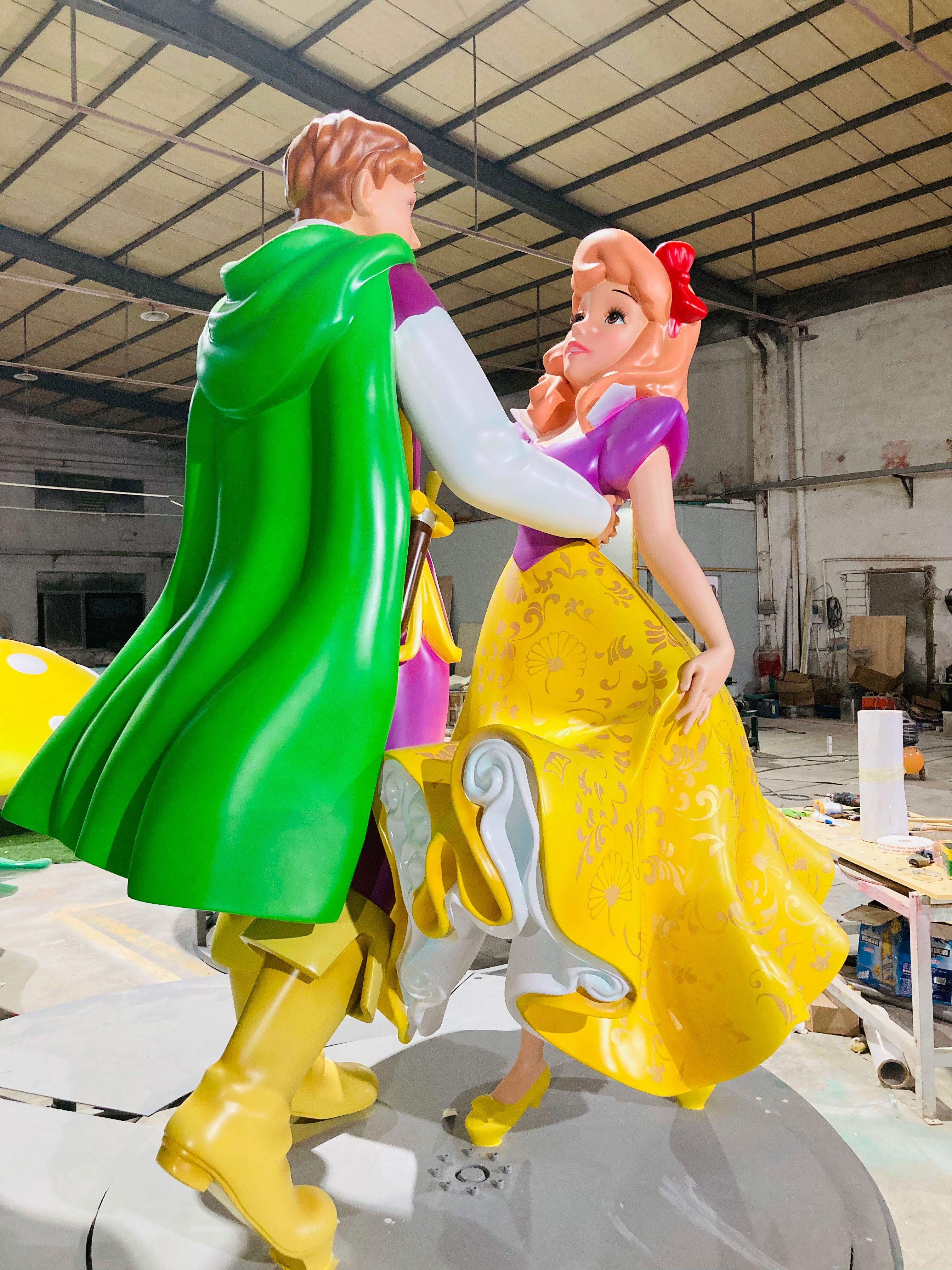
Weather Resistance Properties Compared Between Materials
While both fiberglass and stainless steel are chosen for outdoor durability, they handle environmental challenges differently. Stainless steel's main strength is its inherent resistance to rust and corrosion, especially in marine environments with salt spray. However, it can be susceptible to pitting or staining over very long periods if the specific alloy grade isn't perfectly matched to the environment, and it can show fingerprints or water spots requiring maintenance. Fiberglass, constructed from resin and glass fibers, is completely non-corrosive. It won't rust, rot, or degrade from salt, chemicals, or moisture. Its resin surface also provides excellent resistance to UV radiation from sunlight, preventing significant fading or brittleness over time. This inherent resistance makes fiberglass particularly reliable for long-term outdoor exposure without the need for frequent protective coatings often required by other metals, ensuring the integrity of the Realistic sculpturedetails remains intact.

Design Flexibility Differences in Outdoor Sculptures
When selecting sculptures for outdoor spaces, the material significantly impacts what forms are achievable. Fiberglass stands out for its exceptional design flexibility compared to stainless steel. Its manufacturing process allows artists and designers to create incredibly intricate, realistic details, like lifelike animal figures or complex textures, that would be extremely difficult or prohibitively expensive to achieve in steel. Furthermore, fiberglass can be easily molded into flowing, organic shapes and bold abstract forms with complex curves and undercuts, offering a wider artistic range. Stainless steel, while excellent for sleek, modern geometric designs, faces limitations in achieving the same level of fine detail and complex, free-flowing forms due to the constraints of metal fabrication techniques like welding and bending. Fiberglass also readily accepts vibrant, custom-painted finishes, expanding the visual possibilities far beyond the inherent metallic look of steel.
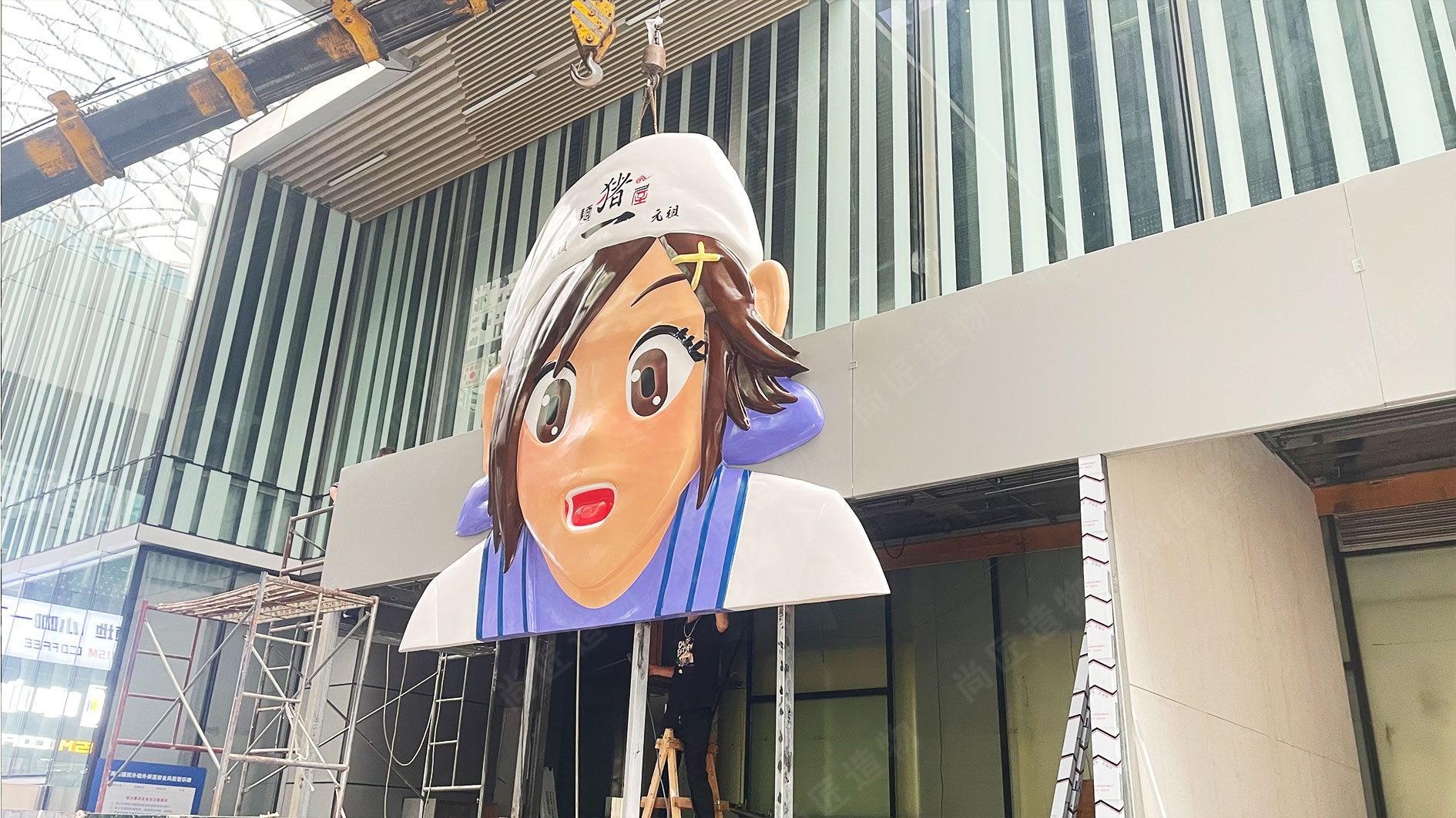
Installation Ease: Lighter Fiberglass vs Heavy Steel
The significant weight difference between fiberglass and stainless steel is a major factor during installation. Fiberglass sculptures are inherently much lighter than their steel counterparts. This lighter weight makes them far easier and safer to handle, lift, and position in their final outdoor location. Workers can maneuver fiberglass pieces with less need for heavy lifting equipment, like large cranes, which are often essential for bulky steel sculptures. This simplifies the entire installation process, especially in areas with difficult access, on uneven terrain, or when placing sculptures on elevated structures like plinths. It also reduces the complexity and cost associated with transportation and rigging. While stainless steel offers its own strengths, its substantial mass undeniably adds logistical challenges that fiberglass avoids.
Material Durability Under Outdoor Conditions
When choosing sculptures for outdoor display, how well the material holds up over time is crucial. Fiberglass offers impressive durability in this environment. Its inherent resistance to corrosion means it won't rust like some metals can. Furthermore, it stands up well against the constant wear from wind, rain, and UV exposure, maintaining its structural integrity and appearance for years. Fiberglass is also less prone to denting from impacts compared to softer metals. While stainless steel is known for its strength, it can still be susceptible to specific types of corrosion in certain environments, like salt air near the coast, and may require more frequent polishing to retain its shine. Fiberglass sculptures, constructed from quality resin and reinforced with fiberglass matting, provide a resilient, long-lasting solution requiring minimal upkeep once installed outdoors.
Custom Color Finishes: Fiberglass vs Metallic Steel
When it comes to achieving specific color visions for outdoor art, fiberglass offers distinct advantages over metallic steel. While steel sculptures typically present in their natural metallic hues like silver, bronze, or through powder-coated finishes, fiberglass provides far greater flexibility for custom color integration. Artists and designers can specify virtually any color, from vibrant, saturated tones to subtle matte or high-gloss finishes, which are expertly applied during the hand-painting process. This color is integrated into the material itself or the gel coat layer, resulting in a durable, uniform finish that withstands outdoor exposure.
Metallic steel, conversely, relies heavily on its inherent sheen or applied protective coatings like powder coating for color variation. Achieving complex, multi-tonal effects or perfectly matching specific brand colors is often more challenging and potentially less durable long-term compared to the color integration possible with fiberglass. Therefore, for projects demanding precise, vibrant, or uniquely custom color palettes intended for outdoor display, fiberglass sculptures present a more versatile and reliably colorful solution.
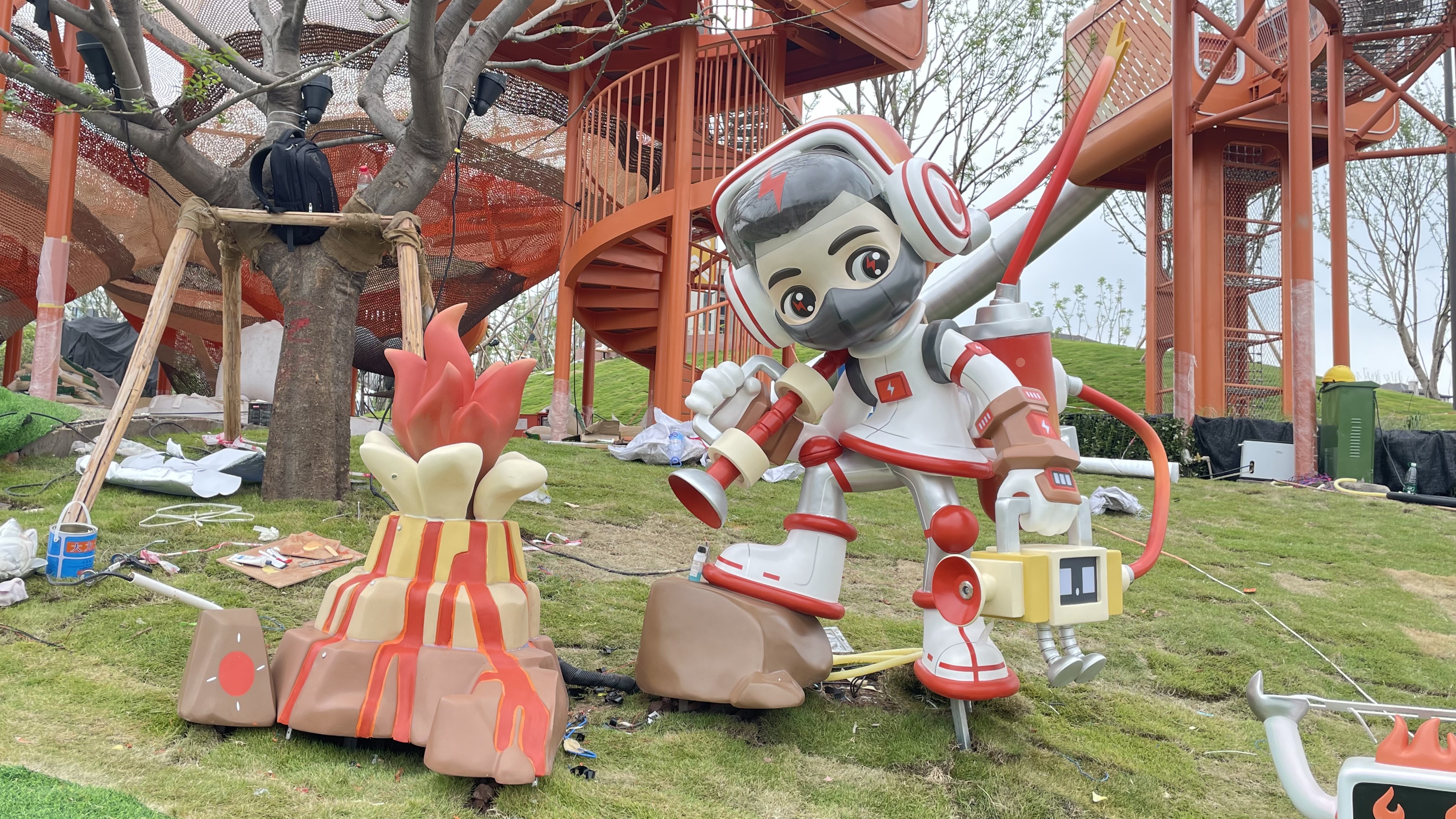
Realistic Details Achievable with Fiberglass Sculpting
Fiberglass stands out for its incredible ability to capture lifelike realism in outdoor sculptures, a key difference from the inherent limitations of stainless steel. The material's pliability during the molding process allows artists to replicate intricate details with remarkable precision. Think of the subtle texture of skin on an animal figure, the delicate veins in a leaf, or the complex feathers on a bird – fiberglass can capture these nuances effectively. This versatility extends to creating expressive faces and complex organic forms that feel authentic. Once set, the durable resin surface provides an excellent canvas for hand-painted finishes, enabling artists to apply subtle color gradations, realistic textures, and weathering effects that bring the sculpture to life. This capacity for high fidelity makes fiberglass ideal for commemorative figures, wildlife art, and detailed decorative pieces meant to withstand the elements outdoors.
The ability to mold fine surface textures – from rough tree bark to smooth scales – is a significant advantage of fiberglass for achieving realism that stainless steel typically cannot match.
The material's strength also allows for intricate, thin elements like flowing hair or delicate wings to be realistically rendered without compromising durability for long-term outdoor display. This level of detail is central to projects like wildlife installations, where capturing the essence of the subject is paramount. For projects requiring a more whimsical touch, fiberglass is equally adept, as seen in expertly crafted Cartoon sculpture.
Abstract Form Potential in Fiberglass vs Steel
Beyond structural advantages, fiberglass offers distinct possibilities for abstract art compared to steel outdoors. Its moldable nature allows artists to create incredibly complex curves, fluid lines, and intricate, delicate shapes that would be extremely difficult or costly to achieve with welded steel. Think of sweeping, organic forms or thin, projecting elements that seem to defy gravity – fiberglass holds these shapes reliably. Steel fabrication often involves assembling flatter planes or simpler geometric volumes, leading to a different aesthetic. While strong steel sculptures exist, the material naturally lends itself to bolder, more angular abstract statements. Fiberglass, being lightweight yet rigid, also better supports large, cantilevered abstract forms without requiring massive internal frameworks, simplifying ambitious installations. Both handle weather well, but fiberglass maintains the precise form and surface texture intended by the artist over time without corrosion concerns.
Conclusion
In summary, custom fiberglass sculptures present distinct advantages over stainless steel for outdoor installations. Their significantly lighter weight simplifies transportation and placement, reducing logistical demands. Fiberglass also excels in design flexibility, allowing for intricate details and complex organic forms that are challenging to achieve with steel. The material's compatibility with vibrant, durable custom color finishes offers greater artistic freedom compared to steel's metallic limitations. While both materials demonstrate outdoor durability, fiberglass provides inherent corrosion resistance without the maintenance needs of some metals. These combined properties – lighter handling, versatile shaping, and durable coloring – make fiberglass a practical and creatively expansive choice for lasting outdoor art.
FAQs
How much lighter are fiberglass sculptures compared to steel ones?
Fiberglass sculptures are significantly lighter, often weighing just a fraction of comparable steel pieces. A small fiberglass piece might weigh 15-50 lbs, while a similar steel sculpture could be 50-200 lbs. This difference grows with larger installations.
Do fiberglass sculptures hold up as well outdoors as stainless steel?
Yes. Fiberglass resists rust, corrosion, and UV damage naturally, making it highly durable for long-term outdoor exposure. Stainless steel performs well but may require more maintenance in harsh environments like coastal areas.
Can fiberglass achieve detailed designs that steel can't?
Absolutely. Fiberglass molding captures intricate textures and organic shapes—like lifelike animal features or flowing abstract forms—more easily than steel fabrication allows. This versatility supports both hyper-realistic and bold artistic expressions.
Is installing fiberglass sculptures easier than steel?
Definitely. The lighter weight simplifies transport and positioning, often requiring minimal equipment. Steel’s heaviness frequently demands cranes and structural reinforcements, especially in tricky locations like rooftops or uneven terrain.
How do color options compare between the materials?
Fiberglass offers broader customization, accepting any vibrant or subtle painted finish. Steel typically relies on metallic tones or powder coatings, which can limit color precision and long-term fade resistance outdoors.
 ch
ch English
English

